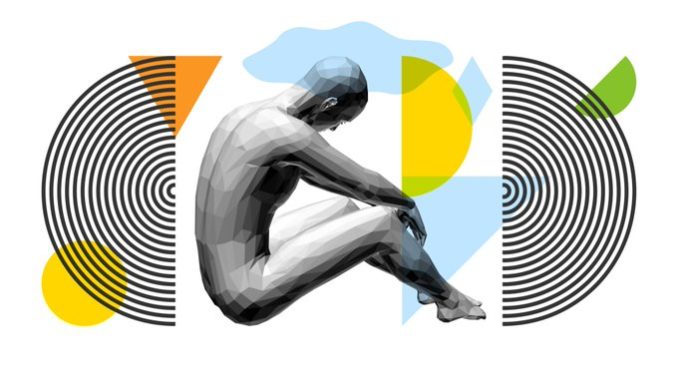
Artificial intelligence is making a lot of people angry this week. “AI art” has been trending on Twitter for several days now, community members on the popular artist platform Art Station are staging anti-AI art protests, and the tech’s biggest advocates have wasted no time in pushing back against the wave of outrage. Hell, even Beeple chimed in with a fantastic visual born of the whole debacle.
But this week’s madness is only the symptomatic culmination of several months of technological developments and the widespread dissemination of AI-assisted artistic tools. The pressure has been building, and it’s now ruptured the surface. The resulting rush of noise that has dominated online spaces in the last few days has, if nothing else, revealed the true nature of the arguments of those who find AI art an unconscionable assault on “real” artists and even humanity itself. The only problem is those arguments don’t stand up to scrutiny. Instead, they disclose a much deeper-seated and philosophical concern.
The case against AI art
Two main critiques of AI art tools emerge when you sift through all the social media static of the past week. The first is the most easily dismissed, as it claims that AI art programs mash or stitch existing images together to create something new. This is simply not how the technology works. These AI models “learn” how to create in ways that are not entirely dissimilar to how the brain learns. The process that AI art programs use to create images is much more akin to construction than it is to collage.
